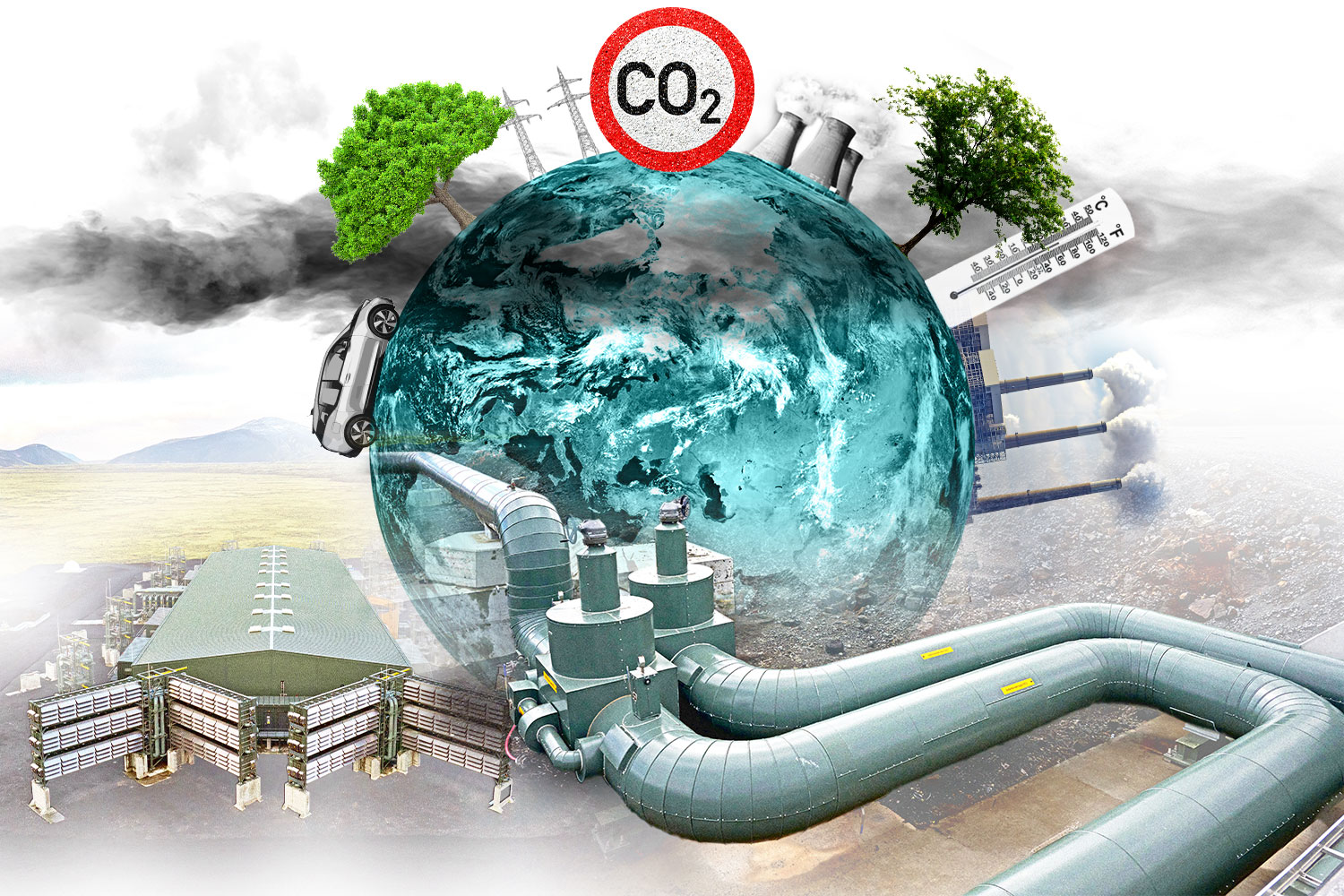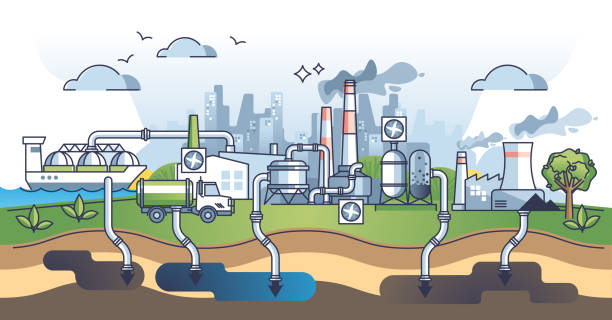This is the fundamental in eliminating outflows, relieving environmental change, and empowering the progress to cleaner, more practical energy sources, as per another College of Houston white paper. Guaranteeing the security of CO2 transportation requires a harmony between safeguarding the local area, the climate, and proceeded with monetary improvement through fossil energy use, the paper states.

"Finding some kind of harmony requires a promise to somewhere safe, consistence, and proactive discourse with partners to understand the advantages of CO2 pipelines while tending to genuine worries.
"In addition, the connected financial advantages and territorial network will be important in manufacturing an economical and interconnected future," it notes. A developing number of carbon catch, usage, and capacity (CCUS) projects are supposed to come web-based over the course of the following ten years, making a connected development in pipelines transport the caught CO2 to its last objective. AG Picture for 646726165
The US is a worldwide forerunner in carbon the executives and the sending of CCUS, given its CO2 pipeline network traverses 5,385 miles, albeit the ongoing organization misses the mark regarding future necessities. The white paper reports that the organization would have to increment to 65,865 miles to empower catch from north of 1,000 offices, and expanding ability to ship around 930 MT of CO2 every year.
"Accomplishing this development by 2035 will require critical speculation, site characterisation, and allowing across various capacity bowls and locales," it adds. AG Picture for 600819831 "It will likewise require critical speculation and work to draw in with an expansive scope of partners across the networks influenced by these pipelines."
A 2021 Princeton College study recommends that such an organization could cost $170bn. Source: College of Houston CO2 pipelines face dangers including consumption, mechanical pressure, material corruption, and welding deserts. These issues can debilitate the pipeline construction and undermine its capacity to ship CO2 securely. Geographical issues present another test, since pipelines frequently navigate different territories and scenes, and avalanches, subsidence, and disintegration can disturb pipeline soundness and lead to likely breaks or cracks. The Pipeline and Dangerous Materials Security Organization (PHMSA) is dealing with new wellbeing guidelines for carbon pipelines which are expected to be proposed in 2024. Defeating public insight and administrative obstacles stay progressing difficulties. Last November, Pilot CO2 dropped its Heartland Scenic route pipeline project refering to the 'capricious idea of the administrative and government processes included'.
CO2 pipelines are a critical element in addressing climate change by enabling the large-scale deployment of carbon capture, utilization, and storage (CCUS) technologies. These pipelines transport captured carbon dioxide from industrial facilities or direct air capture systems to locations where it can be permanently stored underground or utilized in other processes.
Importance of CO2 Pipelines
-
Facilitating Emissions Reduction: CO2 pipelines are essential for connecting emission sources (like power plants) to storage sites. This infrastructure is vital to achieving global net-zero targets, as captured CO2 can be stored for thousands of years in geological formations【6】【7】.
-
Economic and Environmental Benefits: Beyond environmental advantages, CO2 pipelines support local economies through job creation and infrastructure development. The industry also emphasizes safety, with over 50 years of experience in operating pipelines securely【8】.
-
Expanding the Network: Current U.S. pipeline infrastructure includes around 5,000 miles, but projections indicate a need for up to 96,000 miles by 2050 to meet global climate goals【8】.
Safety and Challenges
While CO2 pipelines are generally safe, occasional incidents like the 2020 pipeline rupture in Mississippi highlight the need for rigorous safety measures. Regulatory agencies, such as the Pipeline and Hazardous Materials Safety Administration (PHMSA), set strict standards for pipeline construction and maintenance to mitigate risks【8】.
Future Prospects
Governments and industries are investing heavily in expanding CO2 pipeline networks. For example:
- The U.S. recently allocated $11 million for CO2 transport projects【7】.
- Europe is pioneering CO2 shipping alongside pipelines to enhance connectivity between emitters and storage sites【7】.
In conclusion, CO2 pipelines are indispensable for global decarbonization efforts. They enable the safe, efficient transport of carbon dioxide, supporting both environmental and economic goals. For further details, you can explore resources from the International Energy Agency or ClearPath【7】【8】



You must be logged in to post a comment.